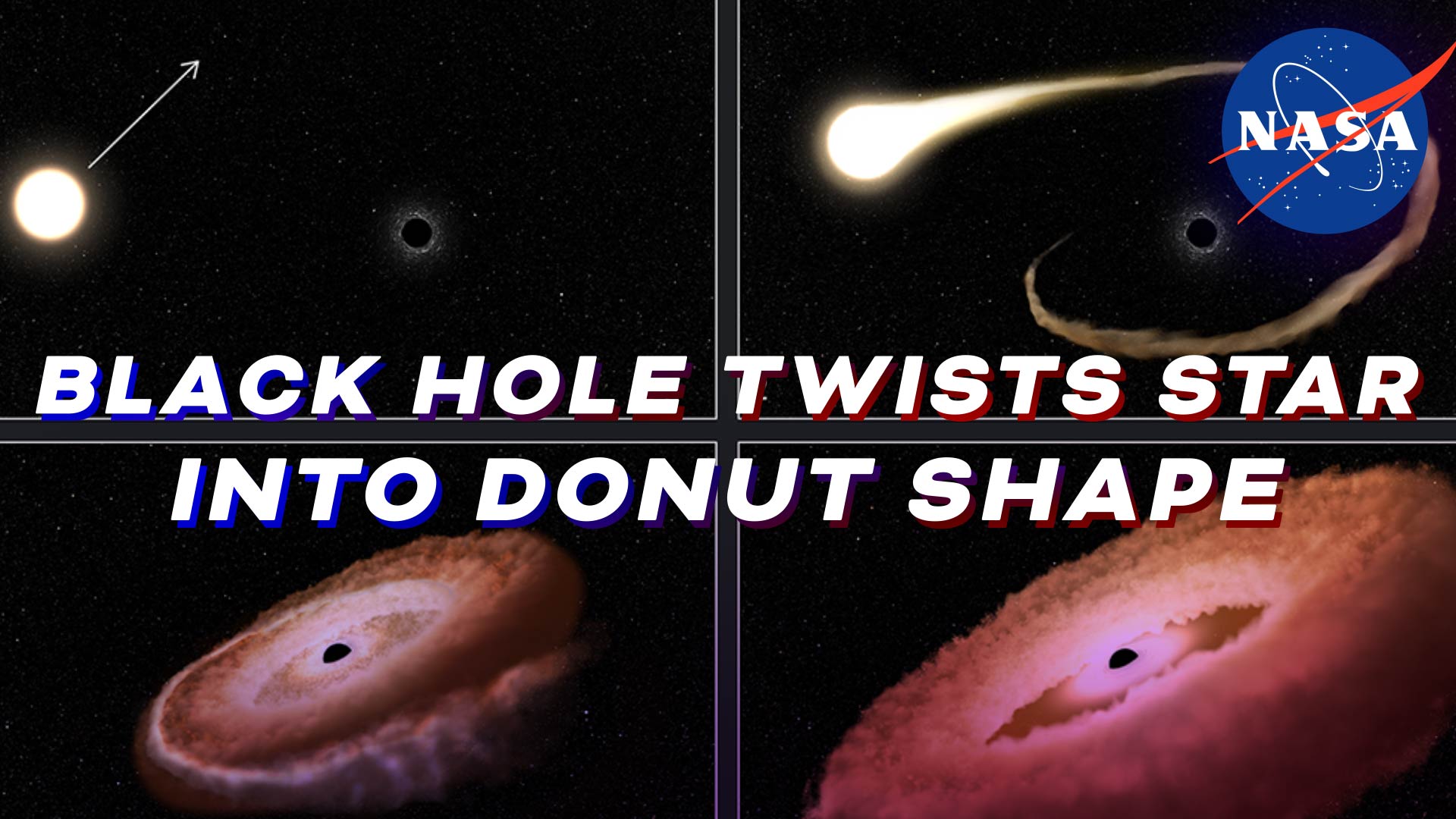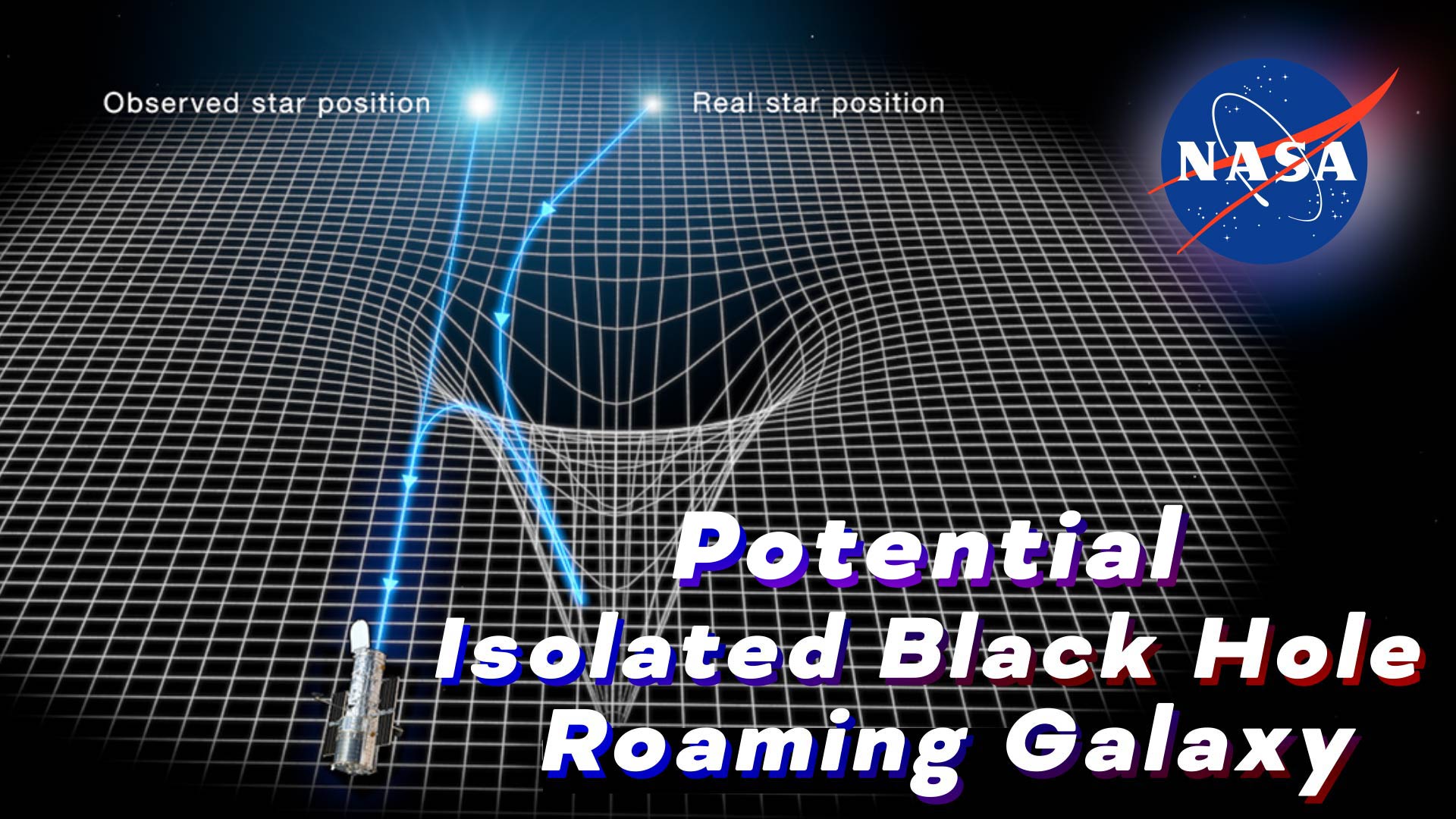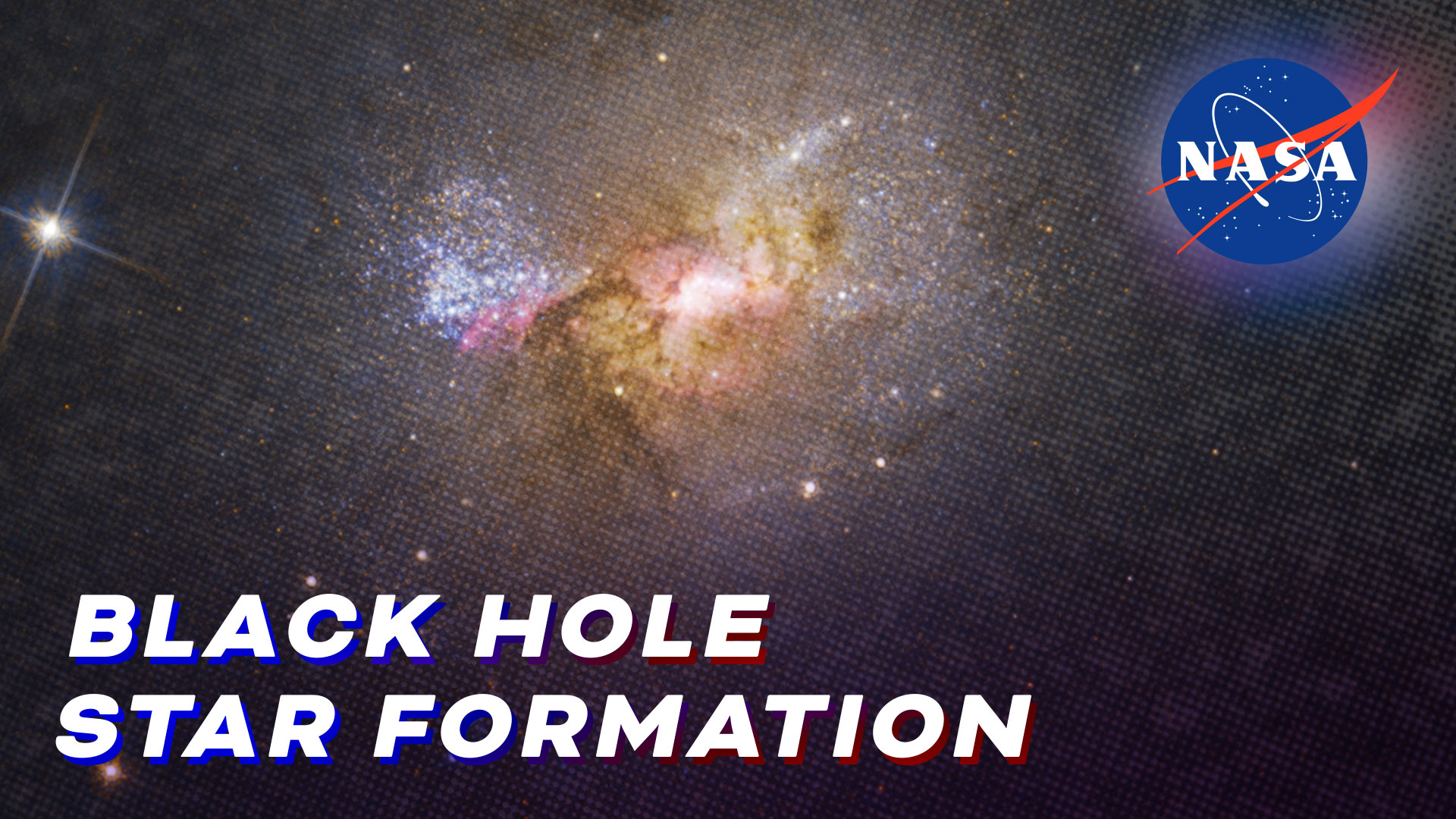Hubble Catches Possible Runaway Black Hole
There’s an invisible monster on the loose! It’s barreling through intergalactic space fast enough to travel from Earth to the Moon in 14 minutes. But don’t worry, luckily this beast is very, very far away!
This potential supermassive black hole, weighing as much as 20 million Suns, has left behind a never-before-seen 200,000 light-year-long trail of newborn stars.
The streamer is twice the diameter of our Milky Way galaxy. It’s likely the result of a rare, bizarre game of galactic billiards among three massive black holes.
For more information, visit https://nasa.gov/hubble.
Video Credit:
Black Hole Animation
NASA’s Goddard Space Flight Center/Jeremy Schnittman
Image of Chandra X-Ray Observatory
NASA/CXC and J. Vaughan
3 Black Hole Orbits and Slingshots
Image from paper “A candidate runaway supermassive black hole identified by shocks and star formation in its wake” by PI Pieter Von Dokkum et al.
Schematic illustration of the runaway SMBH scenario as an explanation of the key observed features. Panels 1–5 show a “classical” slingshot scenario (e.g., Saslaw et al. 1974). The background of panel 6 is a frame from an Illustris TNG simulation (Pillepich et al. 2018)
Music Credit:
“Unclaimed Space” by Peter Nickalls [PRS] via Atmosphere Music Ltd. [PRS] and Universal Production Music.
Master Version
Horizontal version. This is for use on any YouTube or non-YouTube platform where you want to display the video horizontally.
Vertical Version
This vertical version of the episode is for IGTV or Snapchat. The IGTV episode can be pulled into Instagram Stories and the regular Instagram feed.
Credits
Please give credit for this item to:
NASA's Goddard Space Flight Center. However, please credit individual items as indicated above.
-
Producer
- Paul Morris (KBR Wyle Services, LLC)
-
Technical support
- Aaron E. Lepsch (ADNET Systems, Inc.)
Missions
This page is related to the following missions:Release date
This page was originally published on Thursday, April 6, 2023.
This page was last updated on Wednesday, May 3, 2023 at 11:43 AM EDT.


